If you’ve been reading this blog for a while, you might remember that I got rid of our lawn (getting rid of your lawn post) at our Seattle house . It took too much water to keep it green in the summer, and the resulting ornamental landscape was more ecologically diverse and aesthetically pleasing for such a small site.


But that was then, and this is now. In 2017 we moved back to the family farm, which has a full acre of landscape – including lawn. Although we are slowly reducing the vast expanse of lawn, we will keep part of it because (1) we are on well water and there is an irrigation system and (2) because we are allowing the lawn to become a diverse tapestry of different plant species – an ecolawn, if you will.
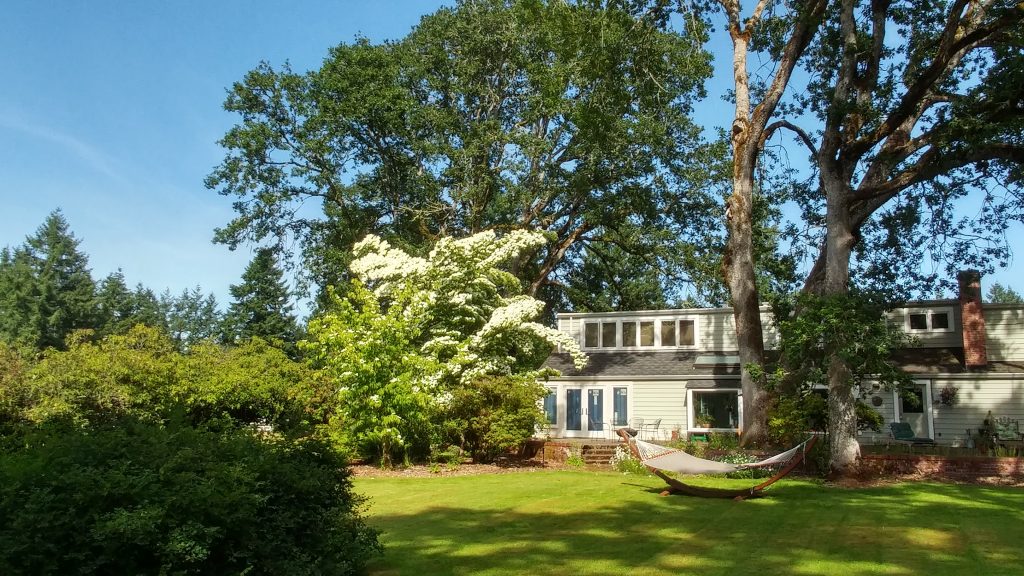
When I was growing up, my father fought unsuccessfully to keep the moss and weeds out. I happen to LOVE the moss and the fact that it grows here has nothing to do with poor drainage or anything else. It grows here because the environmental conditions support its growth. I love the spongy feel of the underlying moss, and it reduces the amount of mowing necessary because it’s limited in height. And no fertilizers or pesticides are needed.
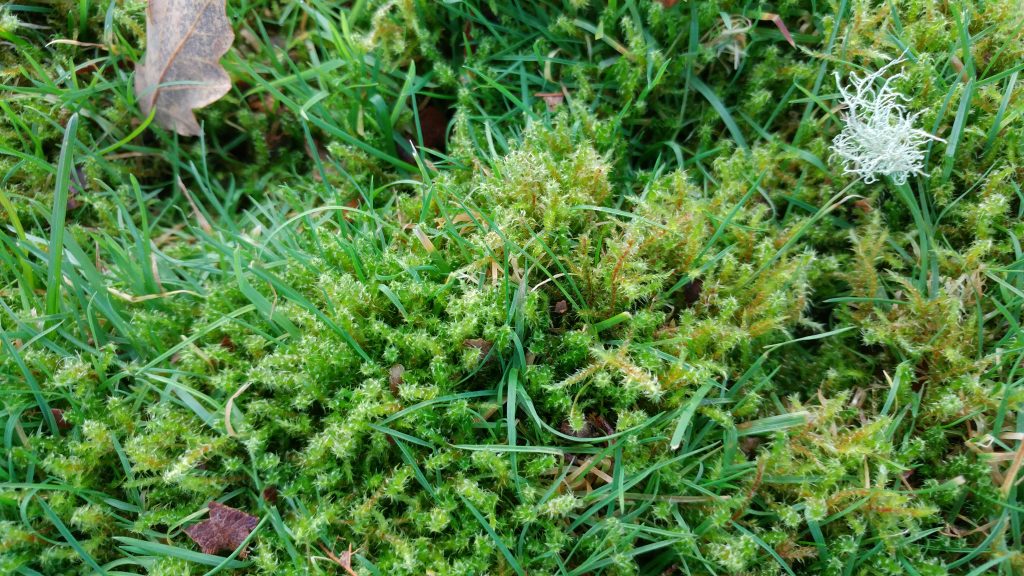
Speaking of mowing…I hate gas powered mowers. They’re smelly and noisy, they contribute to air pollution, and when something goes wrong you have to take it to small engine repair. These excursions are infrequently successful but always expensive. So imagine my delight is discovering newer battery-powered mowers! All you have to do is swap battery packs. They are quieter, there are no emissions, they don’t smell, and they have an electric engine! No small engine repairs, and they are also lighter for this reason.
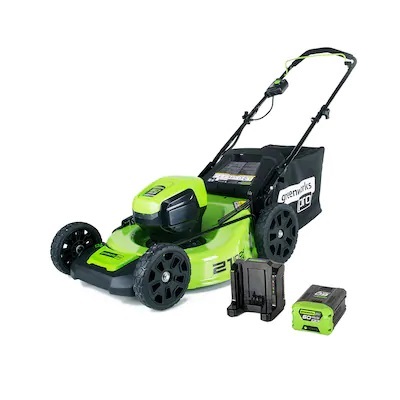
I was even more excited to find compatible leaf blowers. We have tons of Oregon white oak leaves, and we blow them into the beds. We do NOT leave them on the lawn, because they interfere with some of our non-grass lawn inhabitants. They are perfect on the beds because their curly, rigid structure prevents compaction and they keep weeds out while allowing water and oxygen to penetrate.
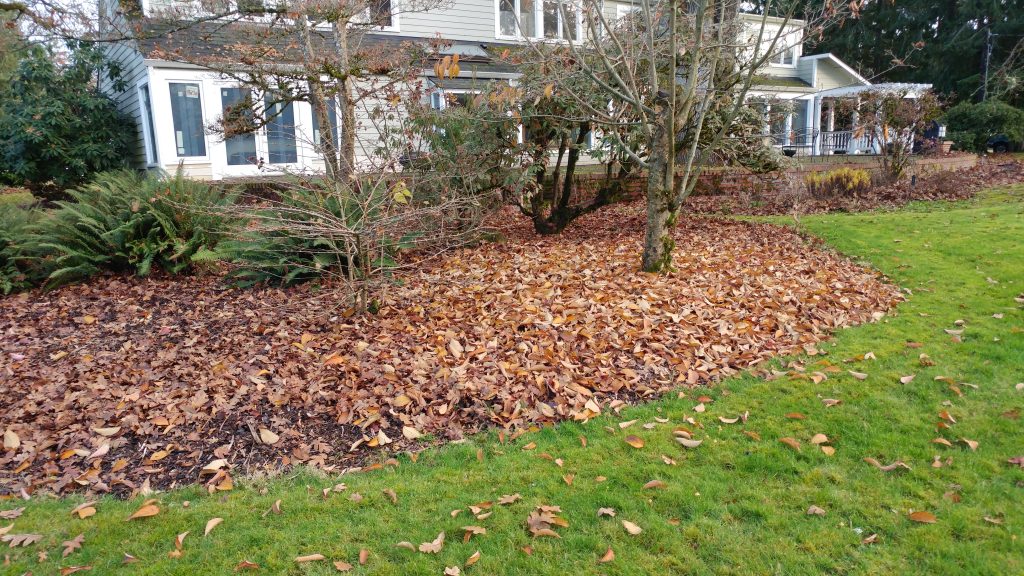
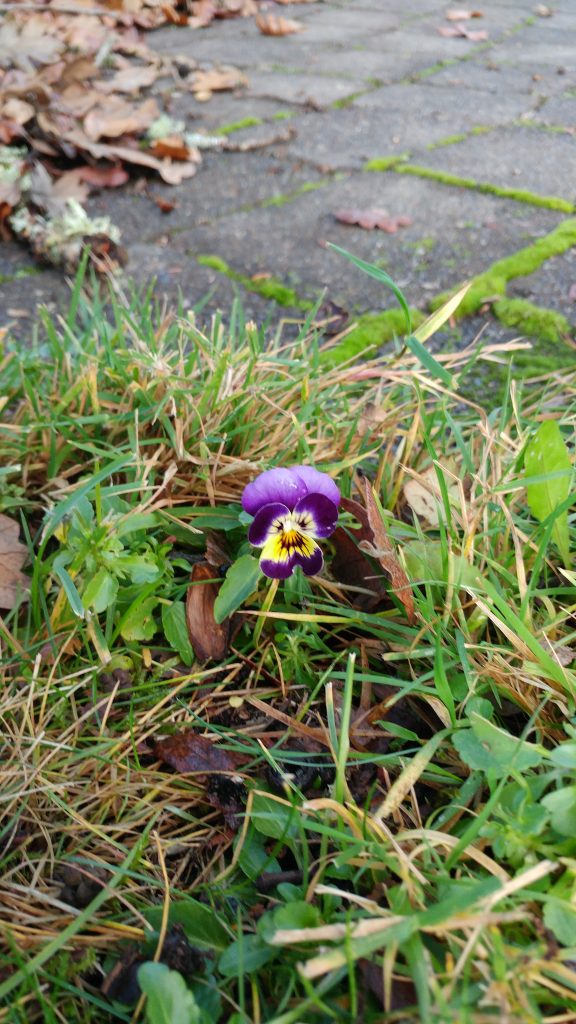
Finally, our ecolawn allows me to see and appreciate the reproductive structures of our mycorrhizal fungi. I don’t even pretend to know the species and whether they are edible. I just love the fact that they appear every fall after we’ve stopped mowing.

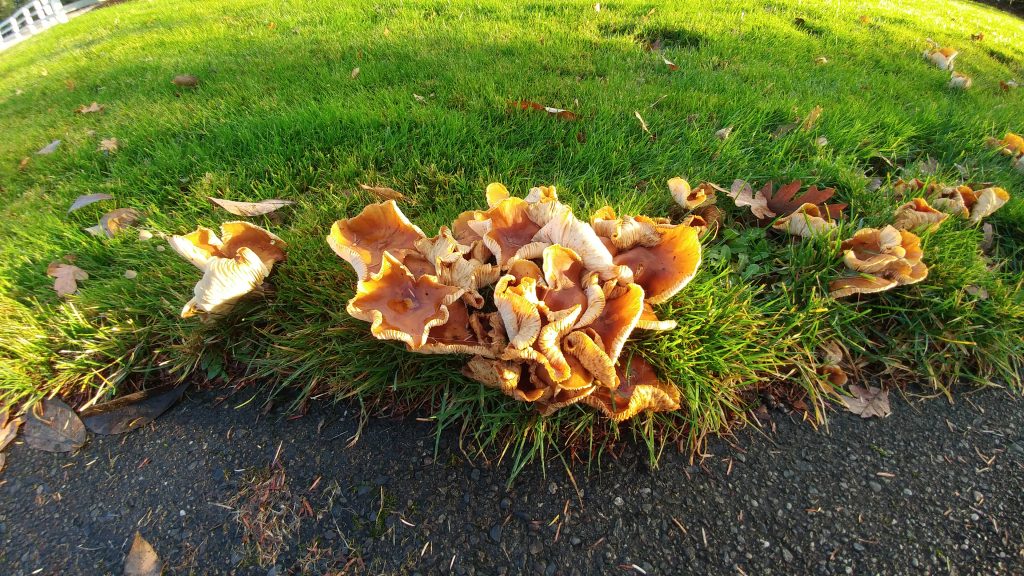

Sometimes lawns aren’t appropriate, as we found in Seattle. But sometimes they are – and as long as they are cared for in an environmentally sustainable manner, they shouldn’t have to be something we apologize for.
I could not agree more. The no lawns ever movement is throwing the baby out with the bath water. If you have children, lawns come in pretty handy. If you are not a green thumb, a non-lawn yard could become an erosion, runoff, and pollution disaster. So, there is ample middle ground and ecological benefits all around. I too moved into a house a few years ago with a half acre of lawn. That lawn is getting pared down by mulch areas, native plants, managed meadow, new trees, pollinator and rain gardens. However, I have children so I still have lawn.
Thank you for relieving me of the guilt I have felt over retaining 2 small lawn areas in my garden. Like yours, they are mostly moss and sport the same varieties of mushrooms I see in your pictures. I will probably reduce the lawn as time goes by to make room for new plants but, in the meantime, I like the contrast lawn provides to the busyness of the garden beds.
I have a small front lawn, a lawn that borders the street. Just across that street are several thousands of acres of foothills, and those foothills are full of highly flammable cheatgrass. The old blue grass was thirsty and tired lawn. We replaced that a drought and heat tolerant turf . We use as little water as possible to keep it looking nice. The good news about this lawn? It is non-flammable and makes a fine firebreak.
People are going to have lawns, we need lawns that feed nature. I look down the street and see a desert of grassland, fed by fertilizers, starving the earth and its inhabitants. Lawns should be banned or restricted to having native grasses. Sorry I am not a lawn enthusiast. I have substitued lawn from my house with more natural growing plants. And once my dog is no longer with me. I intend to grow more natives.
You’re not going to get very far convincing us of what constitutes an acceptable lawn, since you’re not proposing a scientific metric but an emotional one. Grasses are natural just like other plants. And natives aren’t always the best choice for human-altered environments.
Yeah, the neighborhood children, including mine, would struggle without lawns, and soccer games would be kind of awkward.